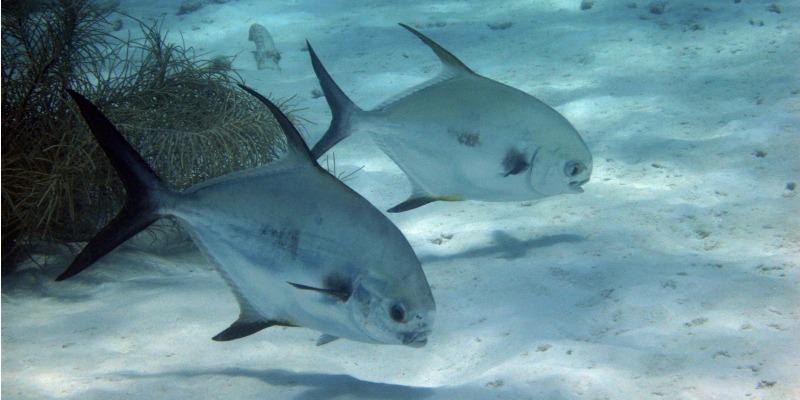Mar 23 2021
According to a new study, drifting sea organisms at the bottom of the food chain are receiving an essential source of nutrition from eroded seabed rocks.

Image Credit: Pixabay.
Headed by the University of Leeds, the study shows that sediments located on the deep ocean floor are releasing iron, which is an important nutrient for tiny marine algae, called phytoplankton.
The study also demonstrated that contrary to the belief that oxygen present in the deep sea inhibits the dissolved iron from escaping the deep seafloor, a mixture of organic matter and oxygen can actually promote the discharge of iron from sediments into the deep ocean.
The research work, recently published in the Proceedings of the National Academy of Science of the USA (PNAS), may have an impact on upcoming techniques for investigating the ocean carbon cycle and controlling the marine environment, which should consider the impacts of seafloor processes on marine ecology.
Dr Will Homoky is the lead author of the study and a University Academic Fellow at Leeds’ School of Earth and Environment.
Our findings reveal that the shallow surface of the deep seafloor provides an important source of iron—a scarce micronutrient—for the ocean. We show that the degradation of rock minerals with organic matter and oxygen is a recipe to produce tiny rust particles, which are small enough to be dissolved and carried in seawater.
Dr Will Homoky, Study Lead Author and University Academic Fellow, School of Earth and Environment, University of Leeds
“These tiny rust particles and their chemical signatures explain how iron found in large parts of the ocean interior could have come from deep ocean sediments, in a manner which was once thought to be practically impossible,” added Dr Homoky.
Colloids are nanometer-sized iron particles that could offer an important source of nutrition for phytoplankton. The phytoplankton serve as the primary food source for a variety of marine creatures, impacting the global food chains.
The phytoplankton are highly significant amid the growing levels of pollution across the world because these algae aid the ocean to eliminate around one-quarter of carbon dioxide released every year to the atmosphere.
The researchers, financially supported by the Natural Environment Research Council (NERC), also included investigators from the universities of Southampton, Liverpool, Oxford, South Florida and Southern California—a collaboration group established via the international GEOTRACES program.
The study results will help mold additional analysis of the processes that control the occurrence of iron in the global oceans and their contribution toward moderating the atmospheric carbon dioxide and marine life.
Our findings here are significant because they mark a turning point in the way we view iron supply from sediments and its potential to reach marine life that paves a new way of thinking about the seafloor.
Dr Will Homoky, Study Lead Author and University Academic Fellow, School of Earth and Environment, University of Leeds
“Our discovered production of iron colloids is different to other forms of iron supplied to the ocean, and will help us design a new generation of ocean models to re-evaluate marine life and climate connections to the seafloor—where large uncertainty currently exists,” added Dr Homoky.
“This could help us to better understand how iron in the ocean has contributed to past productivity and climatic variations and inform our approaches to marine conservation and management,” noted Dr Homoky.
Deep Sea Sediments
The researchers examined small and accurate differences inside the fluid content of sediment specimens obtained from the South Atlantic Ocean at water depths spanning from 60 m to as low as 5 km.
The investigators tried to figure out the formation of chemical—or isotope—signatures of nano-sized iron in the sediment fluids, and what this reveals about the processes of iron supply to the ocean.
According to Dr Tim Conway, the co-author of the study and an Assistant Professor from the University of South Florida, “We can now measure tiny but important variations in the chemical make-up of seawater that were beyond our reach a decade ago.”
Here we have characterised an isotope signature belonging to the iron colloids produced in deep ocean sediments that we can use to trace their journey in the ocean. Our continuing goal is to learn how far this iron travels and how much of it nourishes our marine food webs around the globe.
Dr Tim Conway, Study Co-Author and Assistant Professor, University of South Florida
The European Research Council provided additional support for this study under the European Union’s Horizon 2020 research and innovation program.
Journal Reference:
Homoky, W. B., et al. (2021) Iron colloids dominate sedimentary supply to the ocean interior. Proceedings of the National Academy of Science. doi.org/10.1073/pnas.2016078118.